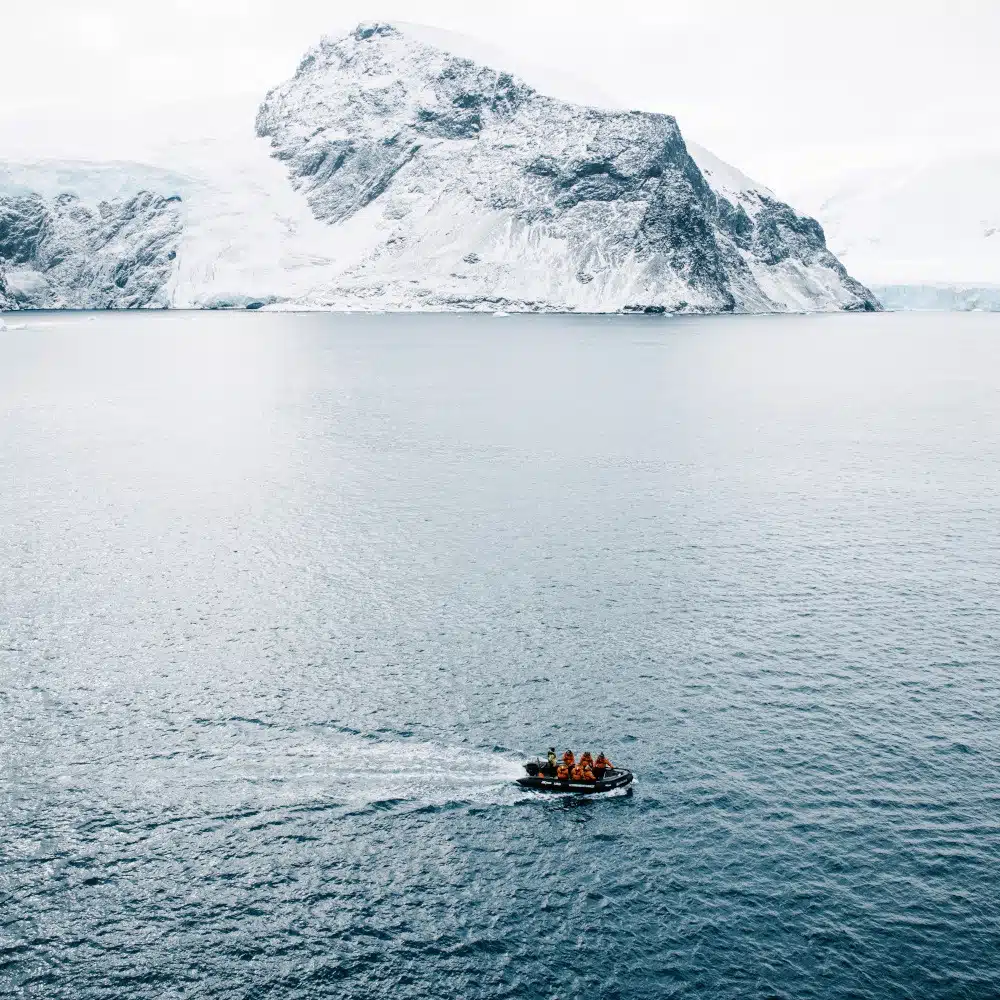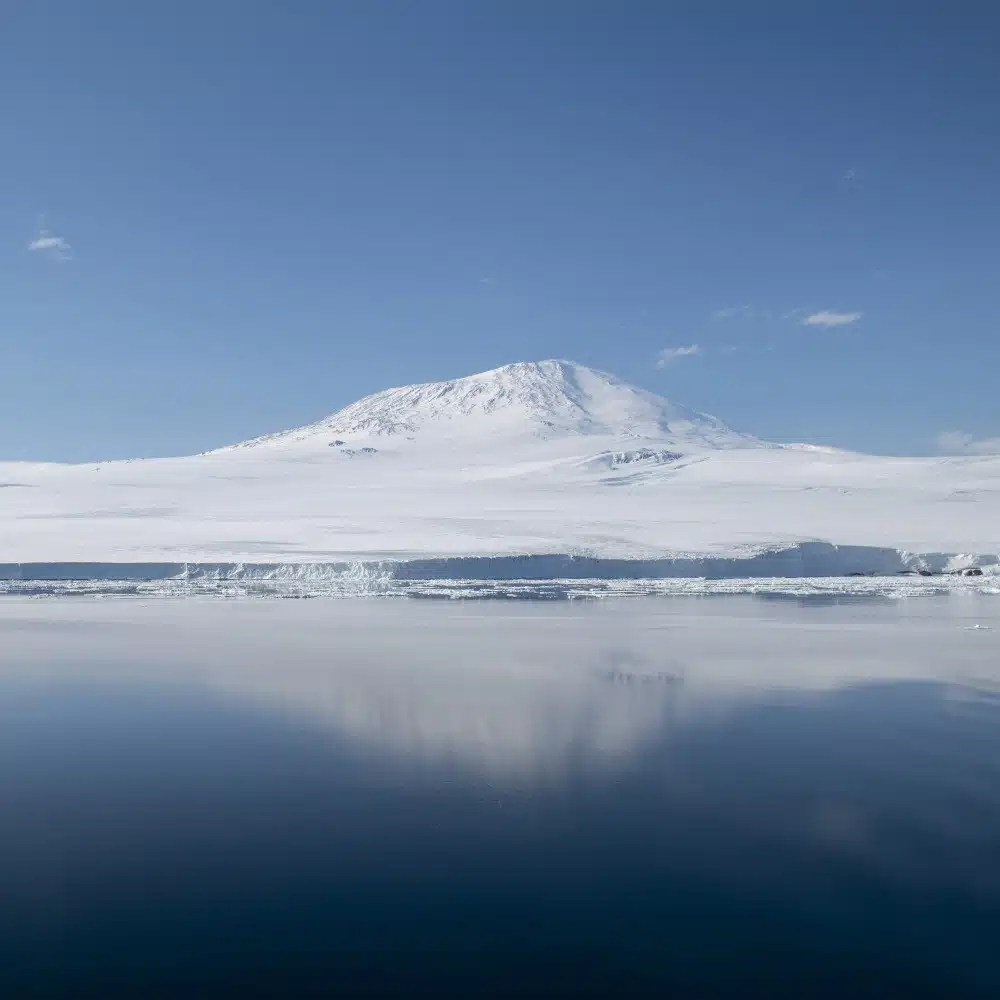The discovery captures the imagination of modern-day explorers and reminds us why our onboard scientific work is so critical.

In the annals of polar exploration, these nine words uttered by Nicolas Vincent may well go down in history: “Gents,” he said, holding his phone that displayed a photo of one the world’s most legendary expedition ships, “I want to introduce you to the Endurance.”
It was March 5, 2022, and Vincent had been overseeing the underwater efforts of the Endurance22 expedition in the Weddell Sea. Their goal was to find the sunken ship of Ernest Shackleton, the storied polar explorer who made it his mission to cross Antarctica during the Imperial Trans-Antarctic Expedition in 1915.
By the morning of March 5, the polar expedition director heading up the recovery efforts, Mensun Bound, had been running out of patience and was dreading having to return to Cape Town, South Africa, without anything to show for his journey.
So that afternoon, he did what everyone does when they need to clear their head: He went for a walk across the Antarctic tundra and mingled with some Adélie penguins for a while.
When he returned to his massive icebreaker, the Agulhas II, Vincent flashed him the photo. The weeks-long search conducted by a sonar-equipped underwater drone had finally found the shipwreck.
It was quite a sight: the 144-foot three-masted polar expedition ship stood almost upright on the sea floor almost two miles deep. The icy waters, and the resulting lack of parasitic wood-eating worms, had preserved the vessel so remarkably that its name was still visible on the stern and its portholes still had their glass.
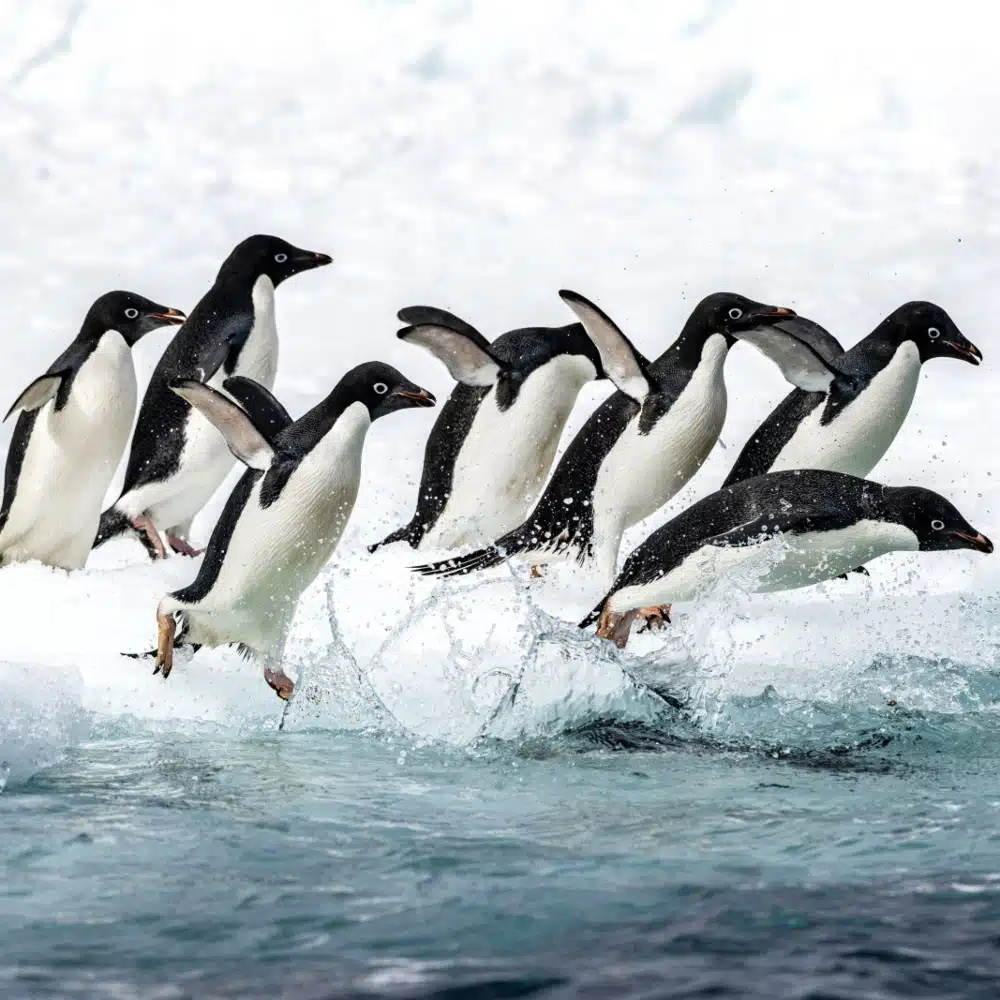
A Survival Story Worthy of the Ship’s Name
Endurance may have sunk back in 1915, but the will of its crew members to endure their harrowing ordeal stayed remarkably afloat. Their story lives on as an inspiring parable of courage, leadership, and survival.
After Endurance froze in an ice patch in January of 1915, the men spent months on massive ice floes. The ship sank in November, leaving the men to haul supplies by foot toward one of several possible islands on which Shackleton knew food and emergency supplies existed. When walking became too treacherous, they let the ice floes take them – up to seven miles in a day. Eventually, they set up tents and supplies at what would become known as “Patience Camp,” and continued to drift until land appeared on the horizon. They were soon within reasonable reach of several islands by lifeboat. Faced with the possibility of the ice floe breaking up beneath them, Shackleton and his crew set out into the waters, surrounded by ice and an ever-changing seascape. In the end, they landed on the uninhabited Elephant Island, the first time they set foot on land in 497 days.
Shackleton led a smaller party of six back into the waters in an attempt to make contact with civilization and launch a rescue of those left behind on Elephant Island. They spent two weeks at sea before landing on South Georgia Island where—after an overland hike of 26 miles to a whaling station—they arrived at a whaling station. It wasn’t until August, 19, 2016, months after Endurance was first locked in its icy grip, that sea and ice conditions were favorable enough to rescue the men on Elephant Island.
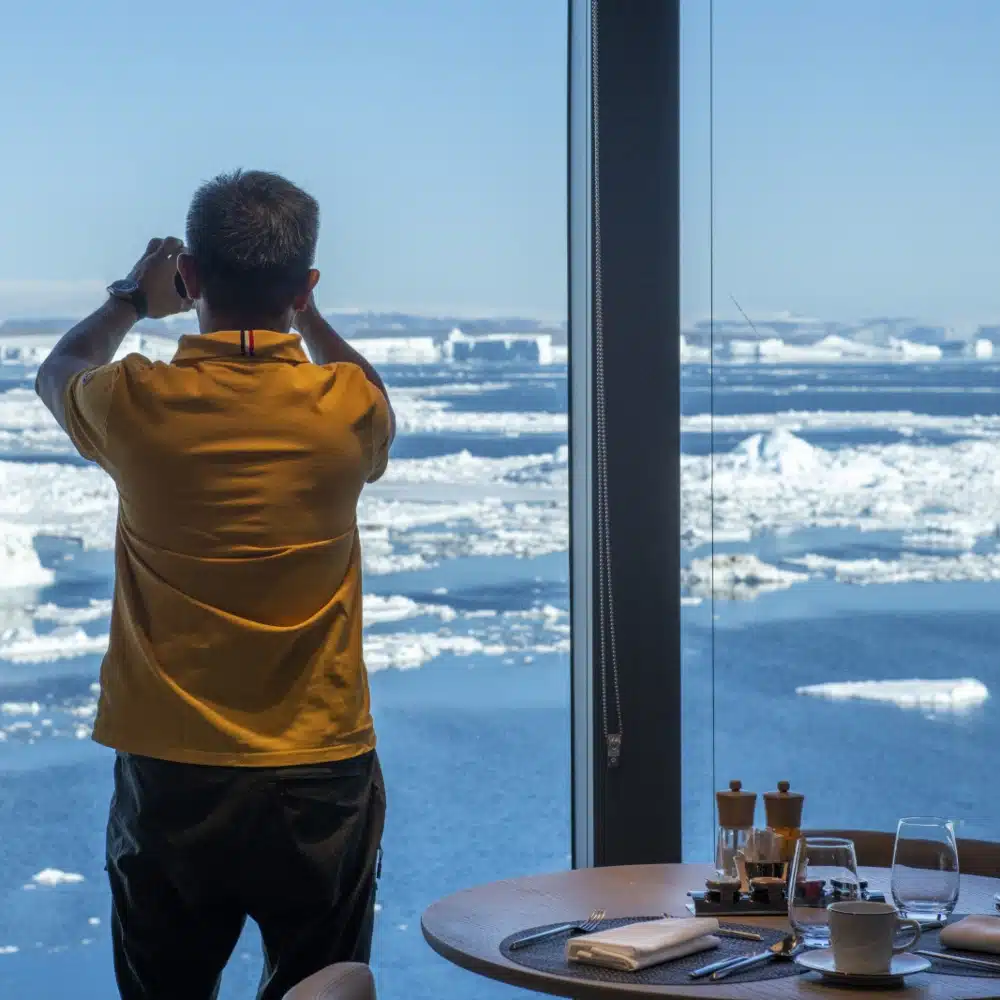
The Spirit of Exploration Continues Aboard PONANT’S Le Commandant Charcot
Shackleton’s story of curiosity and exploration is one of history’s most inspirational. Every day, we at Ponant are driven by our thirst for discovery, too. We also recognize that Endurance would never have been discovered were it not for the ever-changing conditions in the Weddell Sea. The ice that once covered its expanse like a massive white sheet has grown thinner, its waters have gotten warmer.
Our luxury polar expedition ship Le Commandant Charcot—the first hybrid-electric luxury icebreaker powered by liquid natural gas—hosts an onboard laboratory whose scientists seek to understand the effects of climate on the polar caps. Just as underwater drones continue to survey Endurance for evidence of previously unknown marine species that have called its hull home, we continue to collect polar data that will illuminate the mysteries of what lies upon and below the icy surface.

An Ode to Courage Forever Preserved
All 27 men survived the thwarted expedition of 1915. Shackleton died in 1922 and was buried on South Georgia Island, on March 5. Exactly 100 years later, his ship was found. As for Endurance, it will stay right where it has rested for a century as a protected historic site that commemorates unfathomable courage.

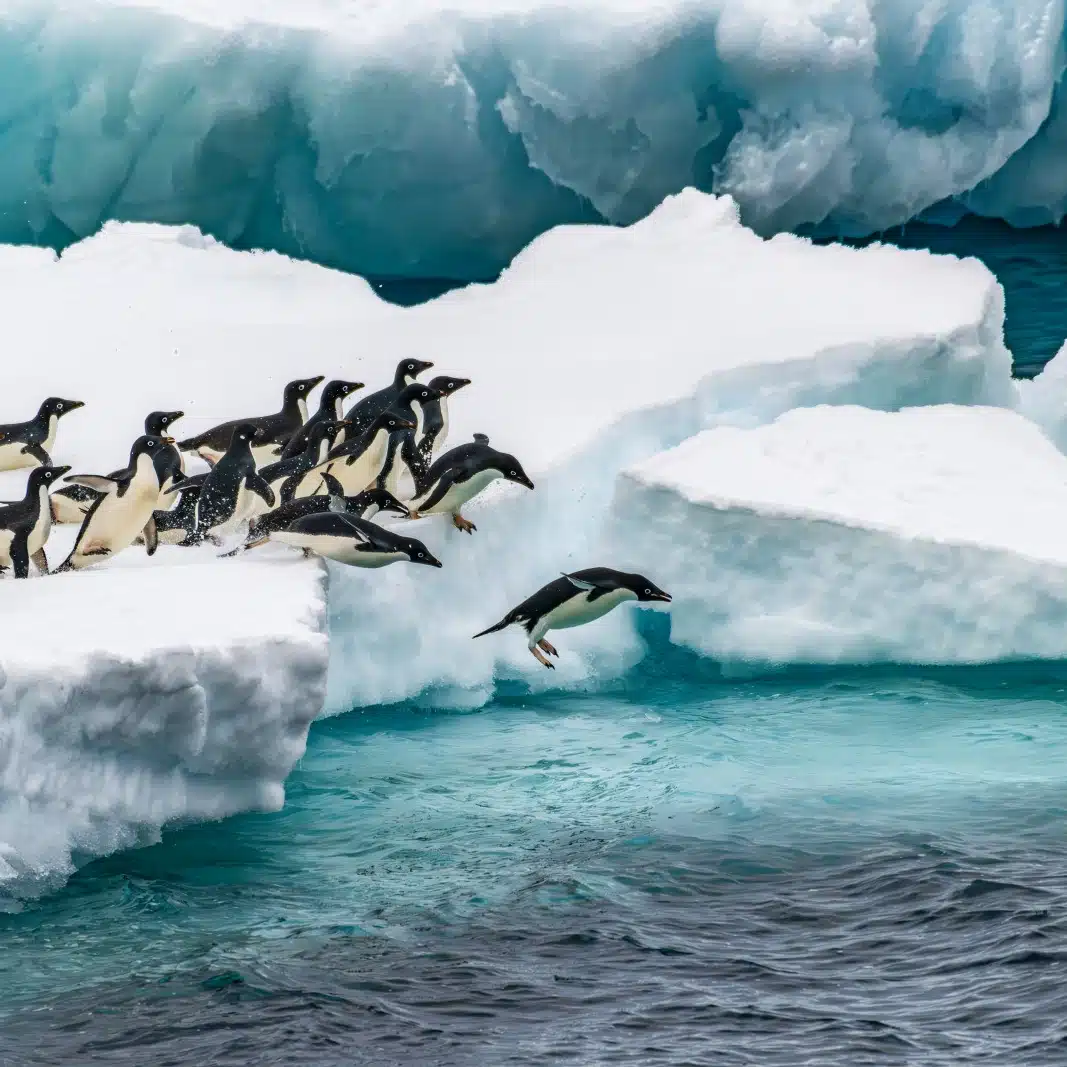
Join us in Antarctica
We invite you to cruise the Antarctic with PONANT aboard the luxurious Le Commandant Charcot.



